It’s one of those skills kids are so proud to say they’ve mastered: “I know how to tell time!” Life gets easier too for parents and teachers once children are able to tell time. Of course, it’s simpler these days with digital clocks, but children still need to learn to read analog versions too. They also need to connect the dots between analog, written, and digital displays of time. Paper watches, rock clocks, and plastic egg puzzles are just some of the inventive ways you can teach your students about time. Try these fun interactive time-telling games and activities, and your students will be reading a clock in no time flat!
Our Favorite Time-Telling Games and Activities
1. Make a paper clock
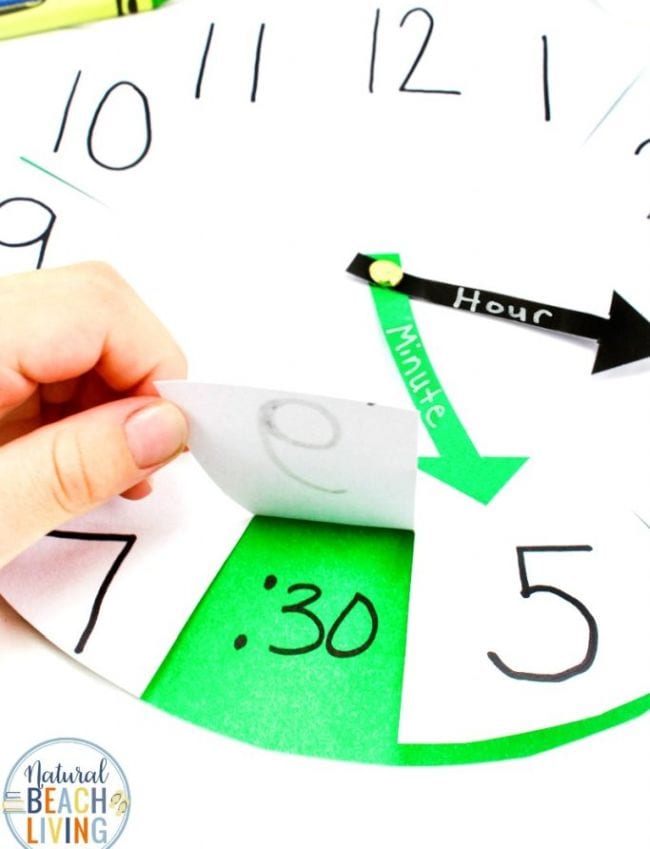
One of the trickier aspects of telling time is understanding how the number 1 also means 5 minutes, the number 2 means 10 minutes, and so on. This paper clock activity helps students make that connection. (Pro tip: Use paper plates to make this craft even easier.)
Learn more: Natural Beach Living
2. Color the spaces to learn the hours
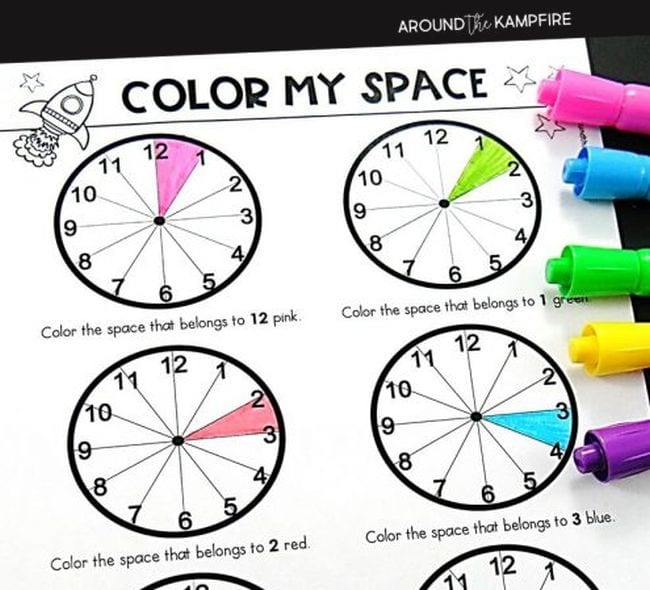
Another important concept kids need to grasp is how the spaces between the numbers work on an analog clock. These coloring games are a simple way to teach kids about telling time, but it helps drive the point home. Grab this free printable at the link.
Learn more: Around the Kampfire
3. Put a puzzle together

Use these telling-time puzzle games to demonstrate different ways of showing the same time. We especially love this version.
Learn more: Elementary Nest
4. Wear paper watches
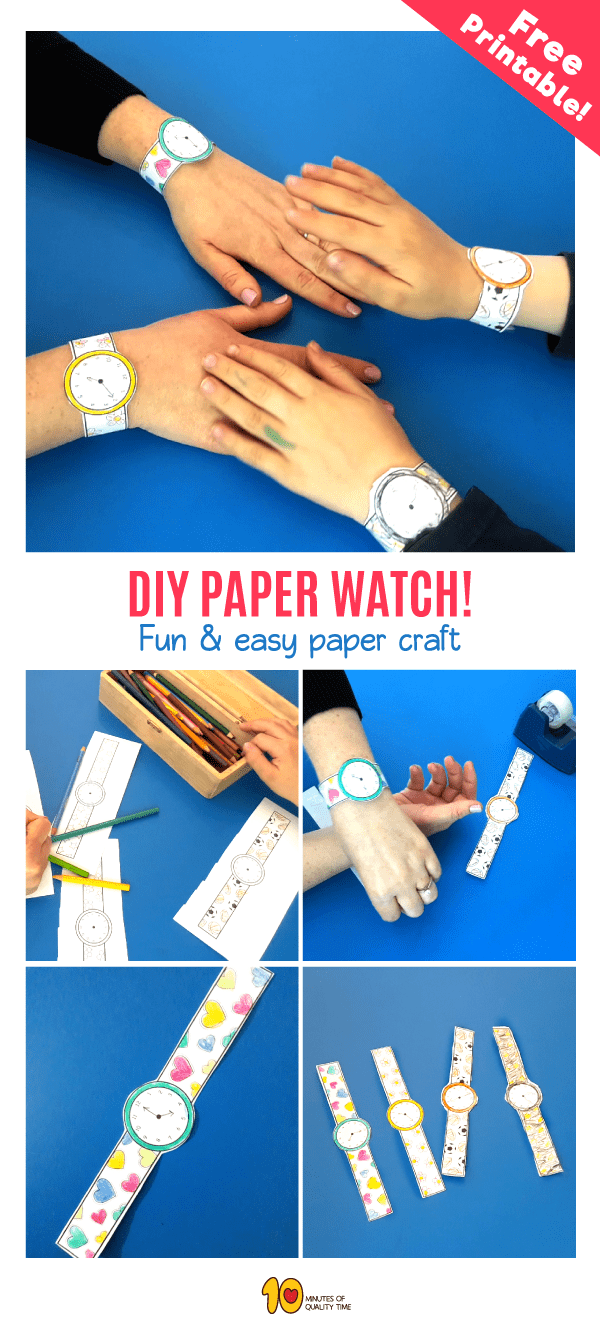
First, print and cut out the free printable paper watches. Draw hands on each clock face and record what time each student’s watch reads on a master record sheet. Have kids decorate their watch bands, then fasten them on their wrists and add the clock faces. Give each student a record sheet, then let them go around the room and ask each of their classmates, “What time is it?” They look at their classmate’s watch and record the time. Check their results against your master.
Learn more: 10 Minutes of Quality Time
5. Make a clock with linking math cubes
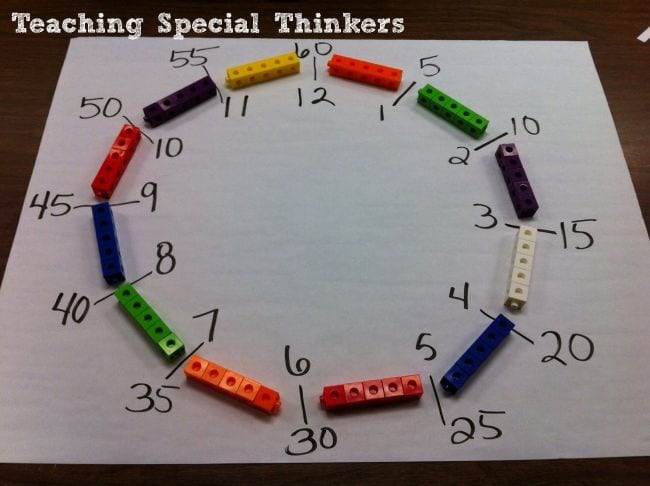
This telling-time game helps kids understand time both as a circular analog clock and a time line moving forward. Gather your math cubes and visit the link to see how it works.
Learn more: Teaching Special Thinkers
6. Make a rock clock
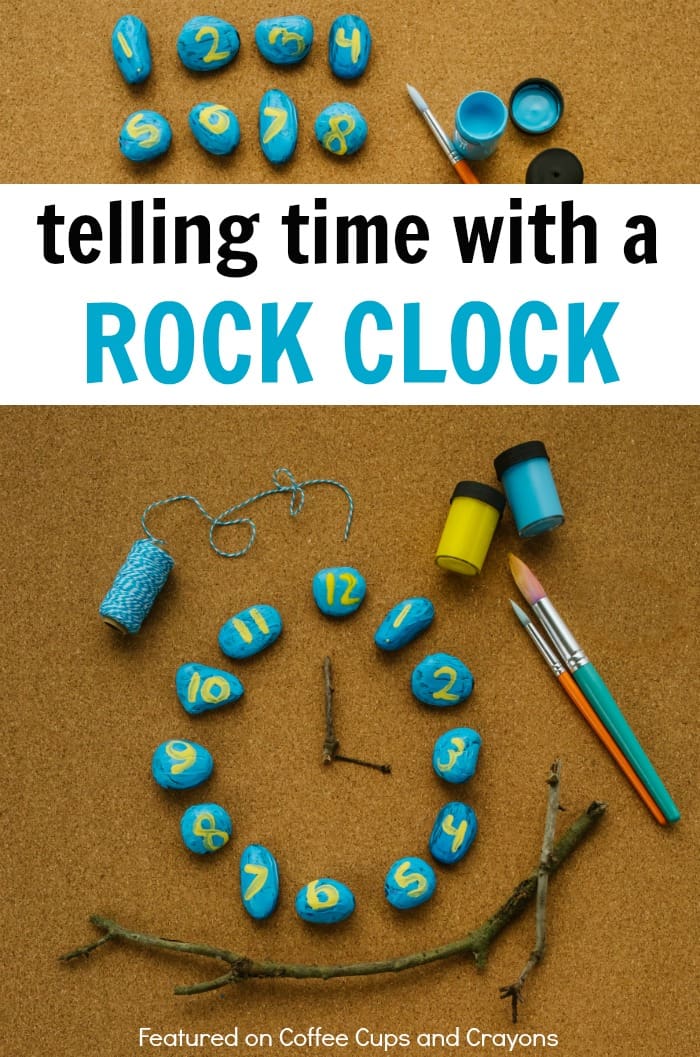
Part art lesson, part math, and part science—this is the ultimate time-telling activity. First, get outside to collect the sticks and rocks. Second, have them paint their rocks with acrylic paint. Finally, have them set their “clocks” to different times.
Learn more: Coffee Cups and Crayons
7. Take it outside with a Hula-Hoop clock
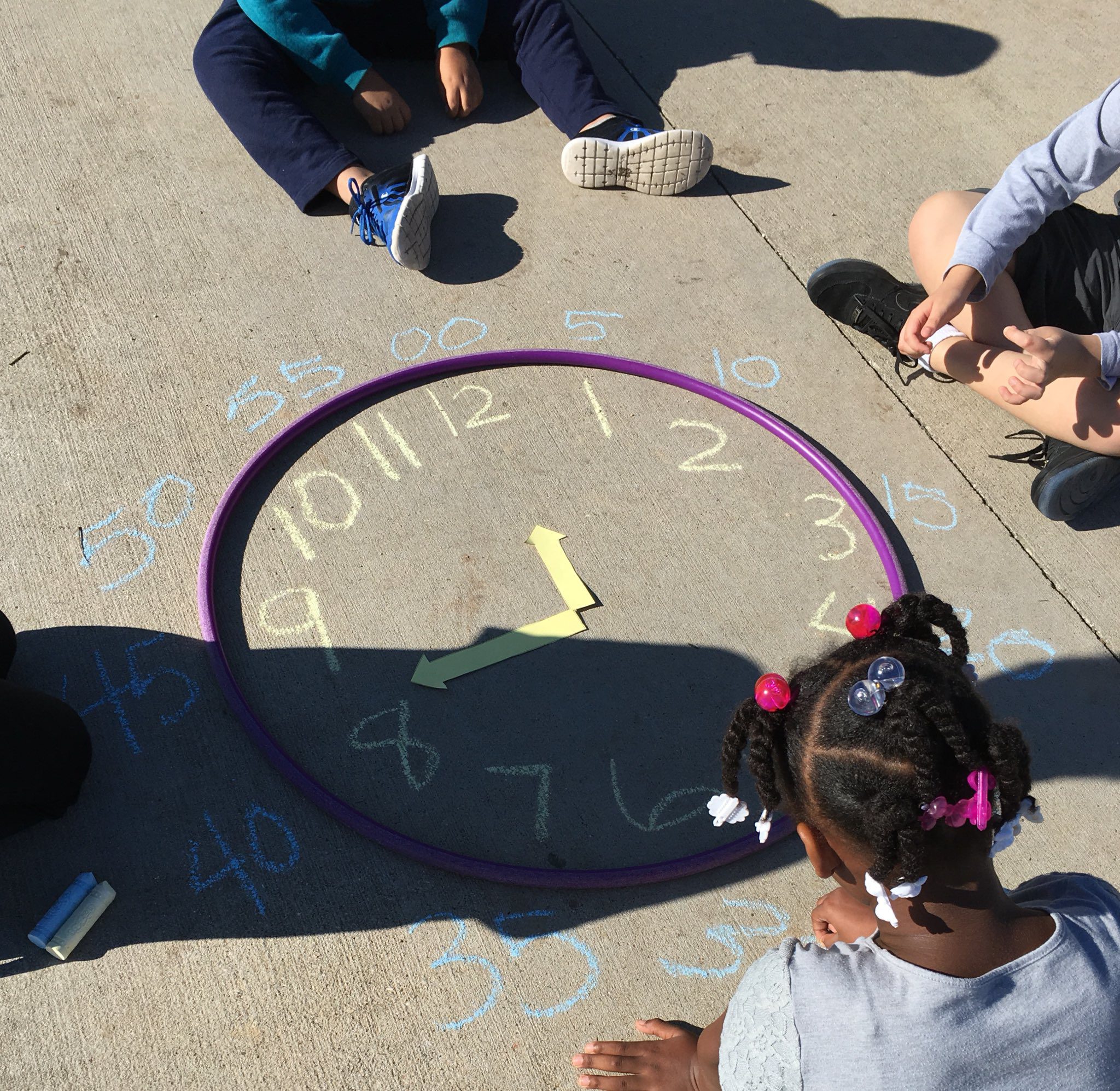
Pull out the sidewalk chalk and head outside for some time-telling practice. Hula-Hoops make perfect analog clocks, but if you don’t have any, you can still let kids play fun time-telling games by simply drawing circles instead.
Learn more: Lauren Oakes on Twitter
8. Set the time with play dough
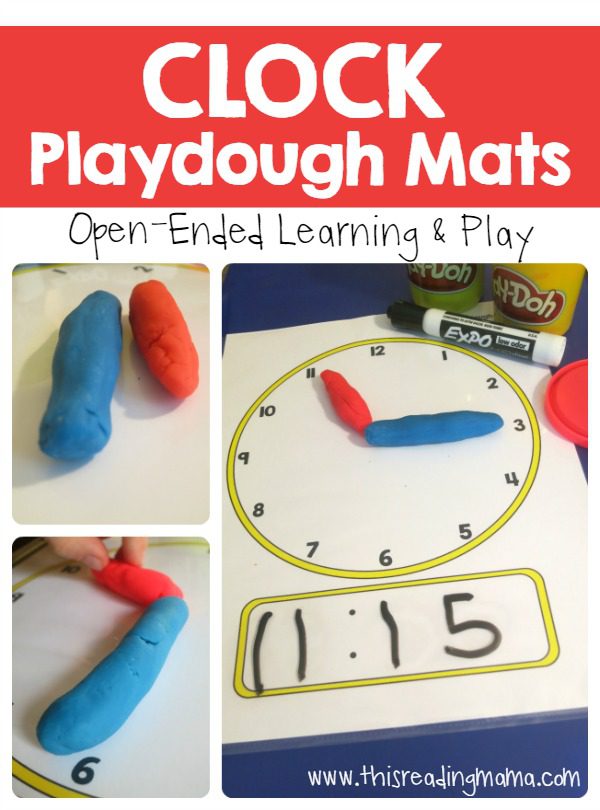
Create time-telling activity mats by printing a page similar to the one shown here and then placing it in a plastic sleeve or laminating it. Finally, challenge your students to roll out play dough to create the hands of the clock and “set” it to the designated time.
Learn more: This Reading Mama
9. Dance around for musical clocks
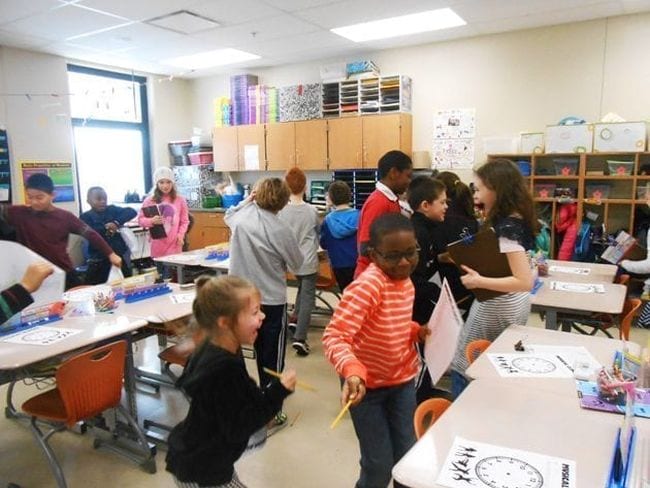
If your students love games like musical chairs, you can make it an educational time-telling activity. Start by printing out our free blank clock sheets here. Pass them out and have each student draw a time on their clock, then leave it on their desk. Give each student a recording sheet (included with the clock printable), then have them grab a pencil and get ready to move! Start the music and let kids dance around from desk to desk. Stop the music and instruct them to record the name and time on the clock of the desk in front of them. Start the music again and keep on going!
10. Turn a paper plate into a clock
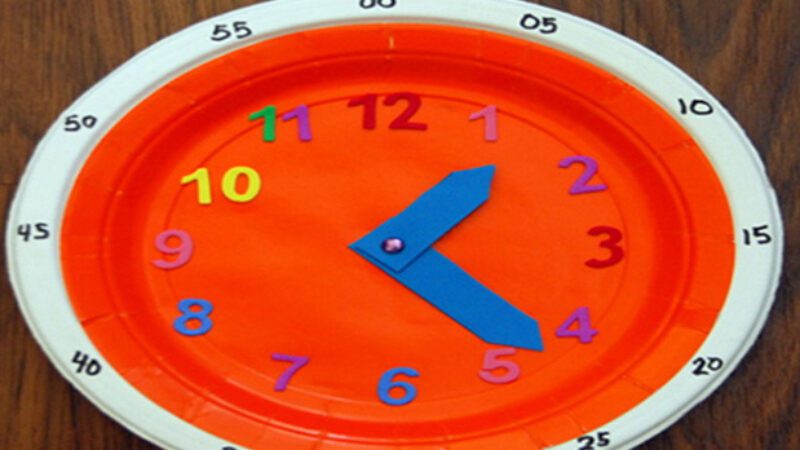
We love how simple this project is to re-create since all you really need are some paper plates, markers, and a metal fastener. The numbers on the outer edge help your students make the connection between the minute hand and the spoken or digital time.
Learn more: PBS Kids
11. Shake up a carton of clocks
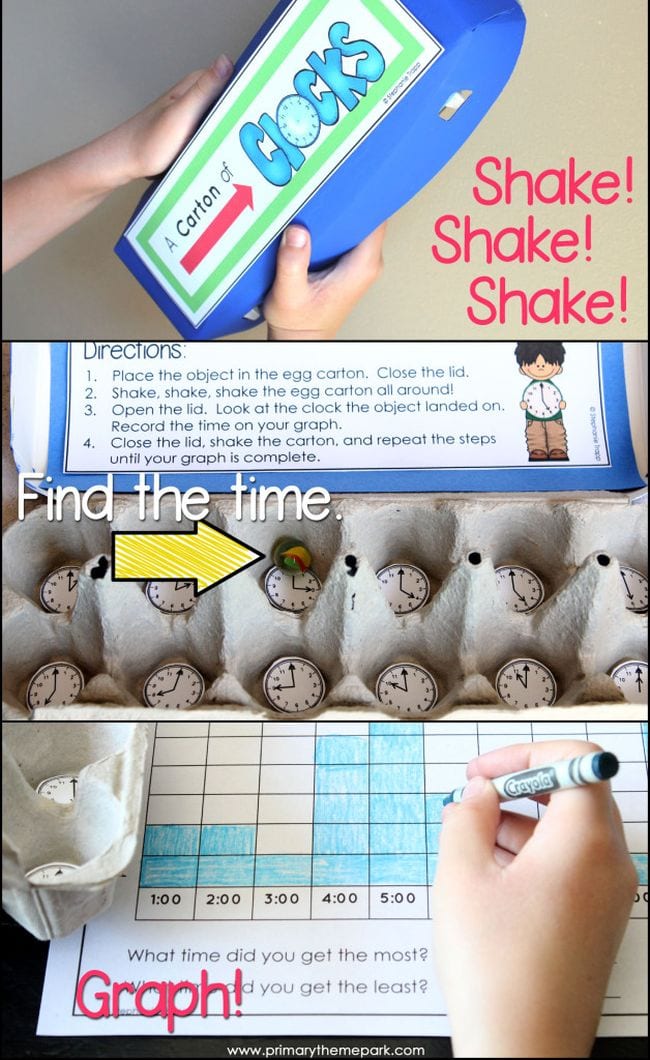
This awesome time-telling game also gives kids some practice at creating bar graphs. First, paste analog clock faces showing various times into the bottoms of an empty egg carton, and add a marble or other small toy. Kids shake up the carton, look to see what time the marble landed on, and graph their results.
Learn more: Primary Theme Park
12. Add a hook to the hour hand
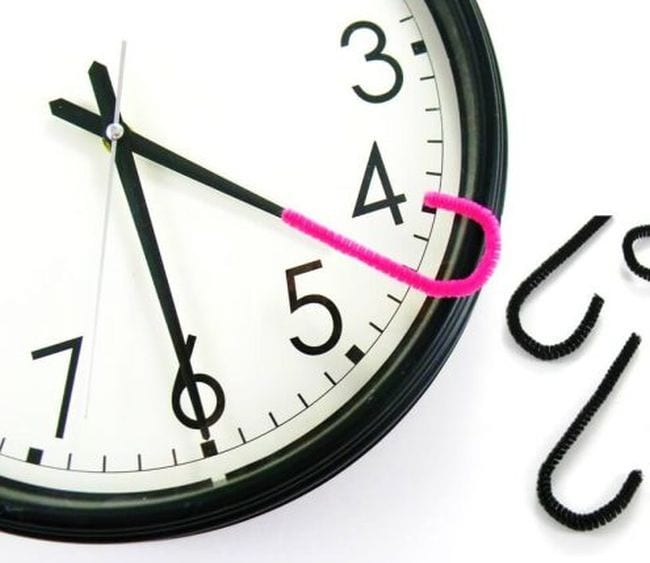
This time-telling trick will help your students remember that as the hour and minute hands move around, the hour still belongs to the number behind. Clever!
Learn more: Around the Kampfire
13. Write the room with I Spy Time
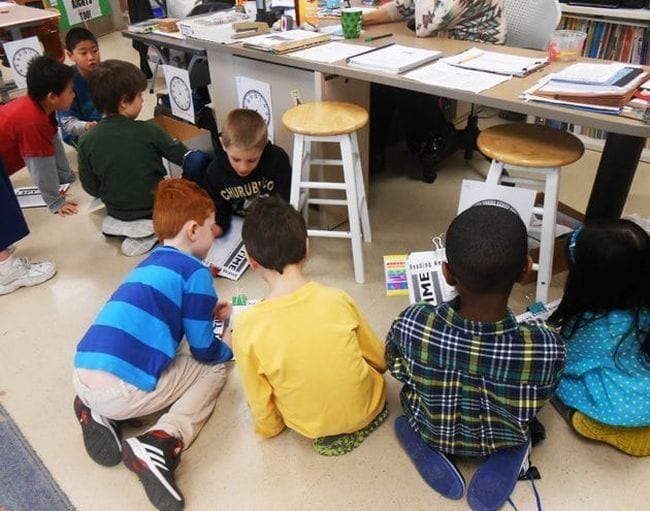
Post paper analog clocks with times filled in around the room. Students find each clock and record the time on their record sheet. For more of a challenge, write “What will the time be in ____ minutes?” underneath each clock. After students record the time showing, they calculate the future time too. Your students will have fun learning to tell time with these games.
14. Match up plastic eggs
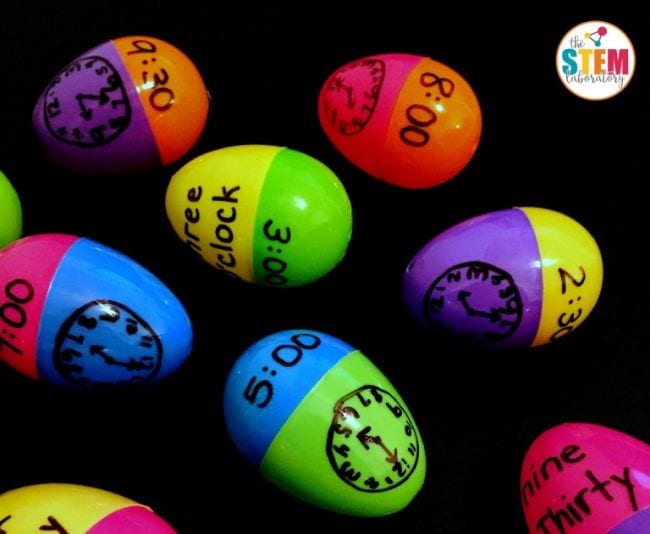
Plastic eggs have so many uses in the classroom. For time-telling practice, make them into games. Just draw analog clocks on one half and write times (in words or digital time) on the other, then have kids match them up.
Learn more: The STEM Laboratory
15. Turn your classroom clock into a flower
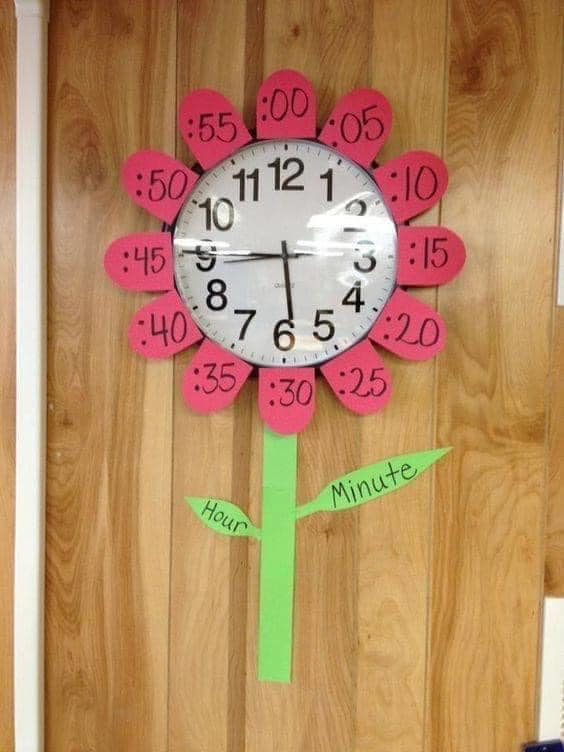
Turn a classroom wall clock into a pretty flower that will help your students make better sense of what they are looking at. We especially love the cute way the stem reinforces which is the hour and which is the minute hand.
Learn more: Facebook / The Best Ideas for Kids
16. Chill out with frosty clocks
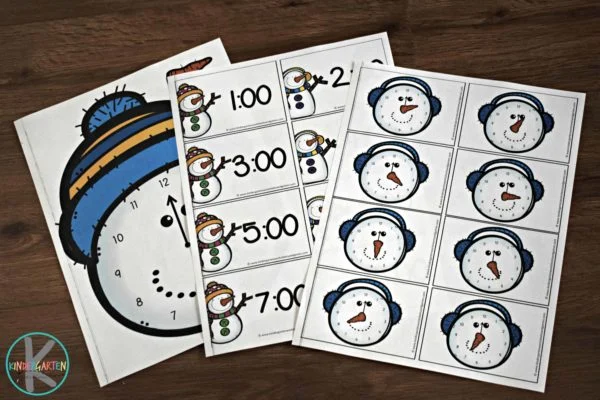
Turn a snowman face into an analog clock! Use these free printables for a variety of wintry time-telling activities.
Learn more: Kindergarten Worksheet & Games
17. Calculate the duration of your favorite activities
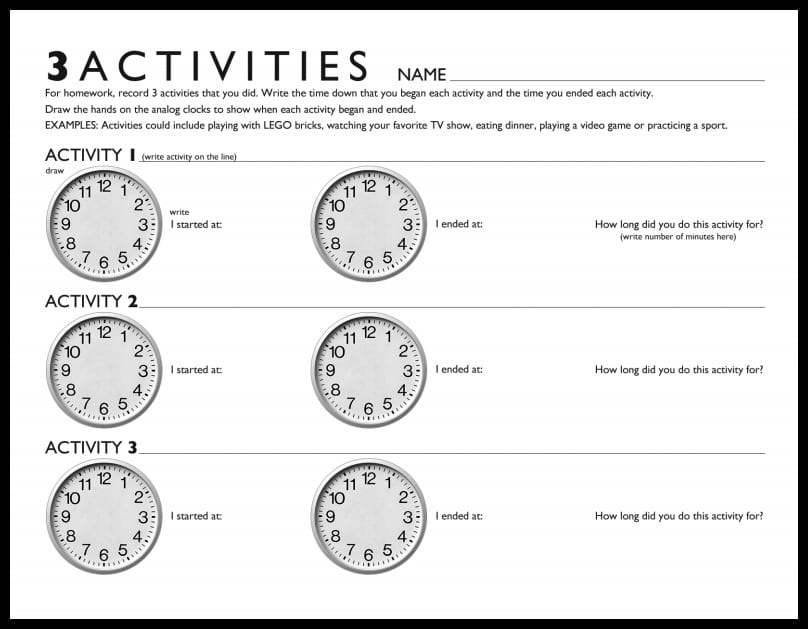
Ready to tackle elapsed time? Have students use this free printable worksheet to record the time they spend on three different activities, at home or at school. Think: basketball practice, dance class, watching their favorite TV show, eating a banana—or doing their homework.
18. Compete to win Telling-Time Bingo
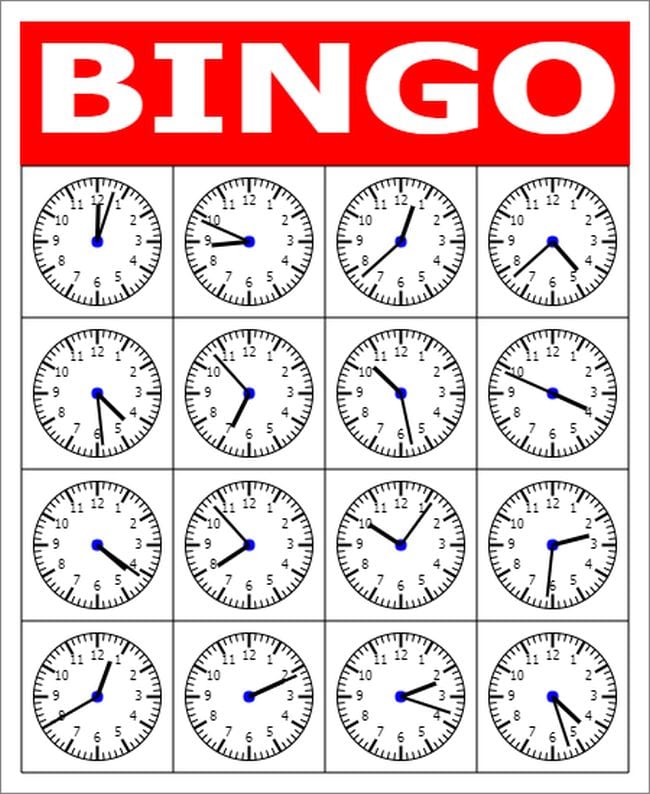
Bingo games are always a blast in the classroom, and there’s a variation you can play that’s focused on telling time. These analog clock bingo cards are customizable, so you can set them to match whatever time skills your students are working on, whether it’s hours, half hours, quarter hours, or to the minute.
Learn more: Edu-Games
19. Race to beat the Rush Hour clock
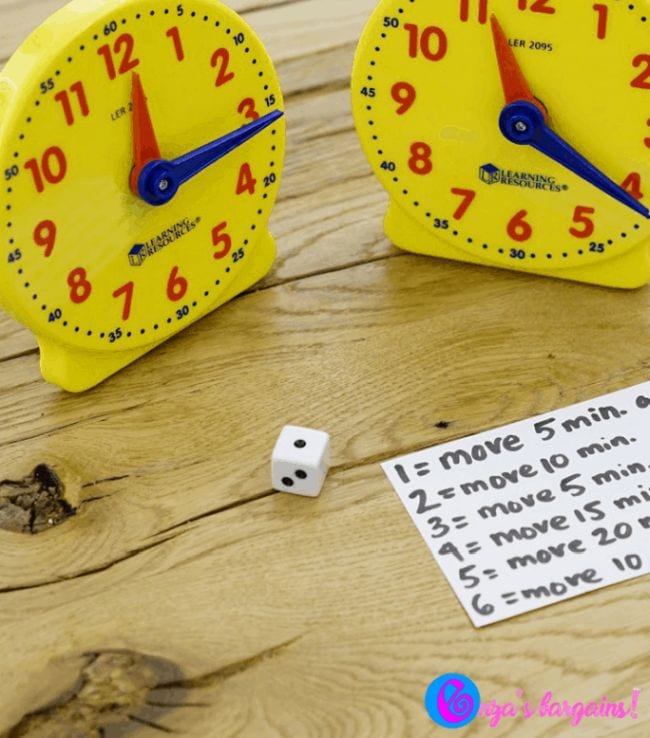
Use toy clocks and a die to see who can reach a goal time first! Start at 12:00 and choose the target time. Students roll the die and move their clocks ahead the specified number of minutes on each turn. Students love these time-telling games!
Learn more: Enza’s Bargains
20. Don clock headbands
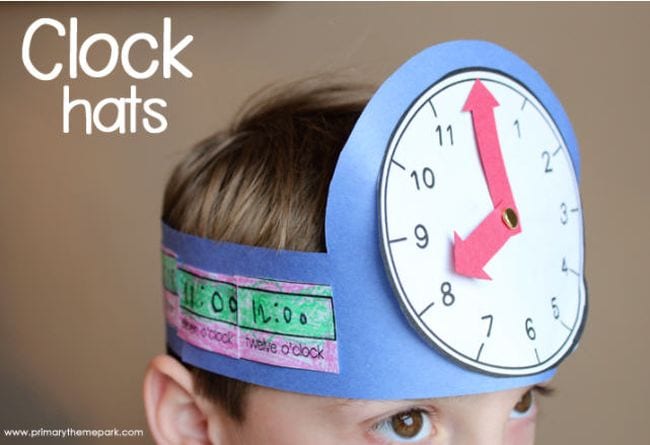
These clock headbands are fun to wear, and they’re also perfect for a game of “What Time Am I?” Kids ask each other questions to try to guess what time is showing on their forehead clock.
Learn more: Primary Theme Park
21. Distinguish between A.M. and P.M.
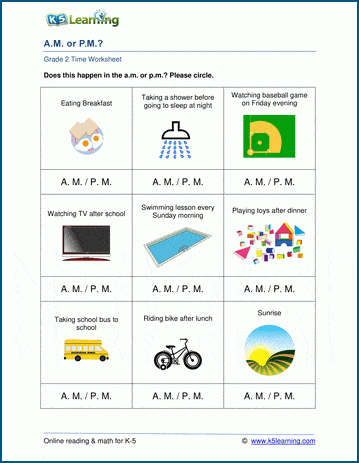
This free printable is perfect for teaching the difference between A.M. and P.M. Students will relate to the activities on the worksheet and therefore connect the dots between what time of day they would typically do them.
Learn more: K5 Learning
22. Read books about telling time
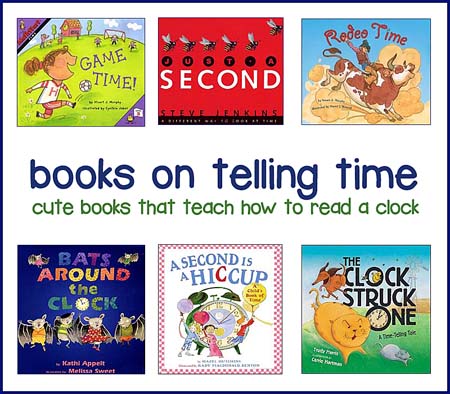
Books are a great way to teach about so many different topics, and telling time is certainly no exception! Pick a few of your favorites and read them aloud during story time.
Learn more: The Best Children’s Books
23. Teach units of time with concentric circles
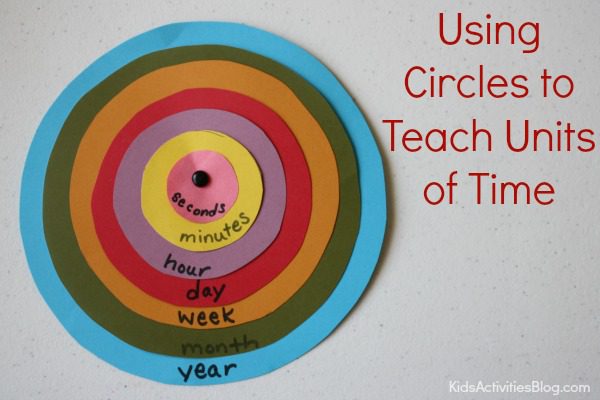
We love this activity since telling time is much more than just minute and hour hands on a clock. The visual representation of the smallest unit to the largest unit (and the different colors) will help students make sense of the various units of time.
Learn more: Kids Activities Blog

